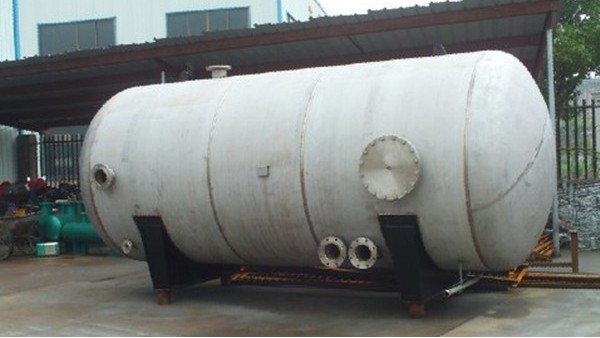In nuclear power plants, nuclear reactors and related nuclear technology applications, heavy water is an important neutron moderator and coolant, and its storage and management are crucial.
As the main facility for storing heavy water, the accurate measurement of the liquid level of heavy water tanks is of great significance to ensure the safe operation of nuclear facilities.
Radar level meters have gradually become an ideal choice for heavy water tank level measurement due to their non-contact, high precision and strong adaptability.

Heavy water tanks are usually designed as sealed structures to prevent evaporation loss of heavy water and avoid the impact of the external environment on water quality.
Its internal environment may contain high humidity, high pressure or possible radioactive substances, all of which put higher requirements on liquid level measurement equipment.
In addition, heavy water has a high dielectric constant and has certain absorption and reflection characteristics for electromagnetic waves, which affects the signal transmission and reception of radar level meters.
Radar level meters measure distances by emitting microwave signals and receiving signals reflected from the surface of the material.
The material level is calculated based on the time difference between the sent and received signals and the propagation speed of microwaves in the air.
Since radar waves can penetrate media such as steam and dust, they are particularly suitable for level measurement in harsh environments.

In a nuclear power plant, a high-frequency radar level meter is used to measure the liquid level of the heavy water tank in real time. The operating frequency of the radar level meter is 80GHz, which can provide millimeter-level measurement accuracy and has strong anti-interference ability.
During the installation process, the technicians first made appropriate modifications to the top of the heavy water tank to install the antenna part of the radar level meter.
Considering the high dielectric constant of heavy water, a special model suitable for high dielectric medium measurement was selected, and the parameters of the radar level meter were accurately set to optimize the measurement effect.
In actual operation, the radar level meter successfully overcame the influence of harsh conditions such as high temperature, high pressure and steam in the tank, and achieved continuous and stable measurement of the liquid level of the heavy water tank.
The data shows that the measurement results of the radar level meter are highly consistent with the manual calibration data, and the error is controlled within the allowable range, which fully proves its reliability and accuracy in the measurement of the liquid level of the heavy water tank.

Through the analysis of the characteristics of heavy water tanks and the investigation of actual measurement cases, it can be seen that radar level meters have shown significant technical advantages in heavy water tank level measurement.
Its non-contact, high-precision, and strong adaptability make radar level meters an ideal choice for heavy water tank level monitoring.
